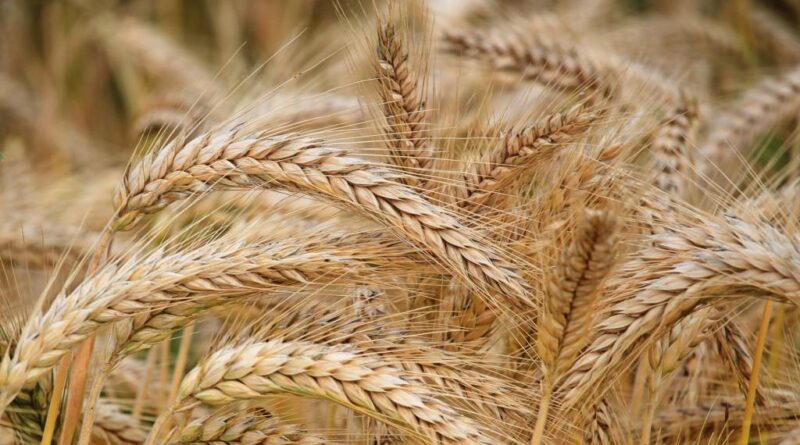Russia tightens grip on grain exports as global wheat prices surge
By Shashwat Sankranti
Russia is intensifying its control over the grain industry, seeking to dominate the export market amid rising global wheat prices and concerns about supply disruptions.
According to a report by Bloomberg News, this consolidation comes as major Western grain merchants withdraw from Russia, leaving the market increasingly controlled by firms with connections to the Kremlin.
Following the exodus of key Western players like Cargill Inc. and Viterra due to government pressures, Russia’s top private grain trader, now known as Rodnie Polya LLC, is also facing challenges from the state.
This shift has concentrated the market, with only four firms now responsible for 75 per cent of grain exports from Russia’s Black Sea terminals, up from 45 per cent six years ago.
The consolidation has accelerated since President Vladimir Putin’s invasion of Ukraine, allowing Moscow to exert more influence over global wheat supplies.
This control is crucial as poor weather conditions threaten Russia’s wheat crop, adding to market anxieties.
“Russia’s desires to control the commodity world are real, and their influence on grains is growing,” stated Dan Basse, president of AgResource, a Chicago-based consulting firm.
The private sector is feeling the pinch as well.
Rodnie Polya, formerly TD Rif, has seen its operations hampered by regulatory issues, with accusations from owner Petr Khodykin that government actions are forcing him to sell the company.
Export volumes for Rodnie Polya plummeted by 40 per cent in April compared to the previous year, highlighting the severe impact of state intervention.
Russia’s strategy extends beyond grains.
Since the Ukraine conflict began, Moscow has increasingly targeted assets owned by local oligarchs and foreign companies for nationalisation or sale to Kremlin-favoured entities.
This includes sectors as varied as pasta production and dairy, reflecting a broader trend of state intervention in the economy.
Western traders, though still active in buying Russian grain, face significant challenges in accessing reliable data on crop volumes, stockpiles, and export conditions.
The US Department of Agriculture, for instance, now relies more on satellite images for its crop forecasts due to the absence of on-the-ground staff in Russia, adding a layer of uncertainty to global agricultural outlooks.
Global wheat prices have surged recently, driven by concerns over reduced Russian output due to adverse weather. Analysts have sharply cut production estimates, with the International Grains Council predicting a 6 per cent drop in Russia’s wheat harvest this year.
Despite the recent rally, wheat prices remain about 50 per cent below the peak reached in 2022 when the war first disrupted Black Sea trade routes.
Russia is already attempting to enforce an unofficial minimum price for its grain exports, a move that could further consolidate its market influence.
However, despite these manoeuvres, there are no signs that Russia will disrupt its grain supplies in the same manner it did with natural gas supplies to Europe following the Ukraine invasion.
Much of Russia’s grain exports continue to flow to politically allied countries.
The rapid consolidation of Russia’s grain market under a few key players highlights the shifting undercurrents of global agricultural trade and raises questions about future supply stability.
As Dmitry Rylko, director of Moscow-based consultancy IKAR, noted, “We have seen pretty dramatic market consolidation in the hands of a very limited number of players”.
This article has been republished from The Wion.

